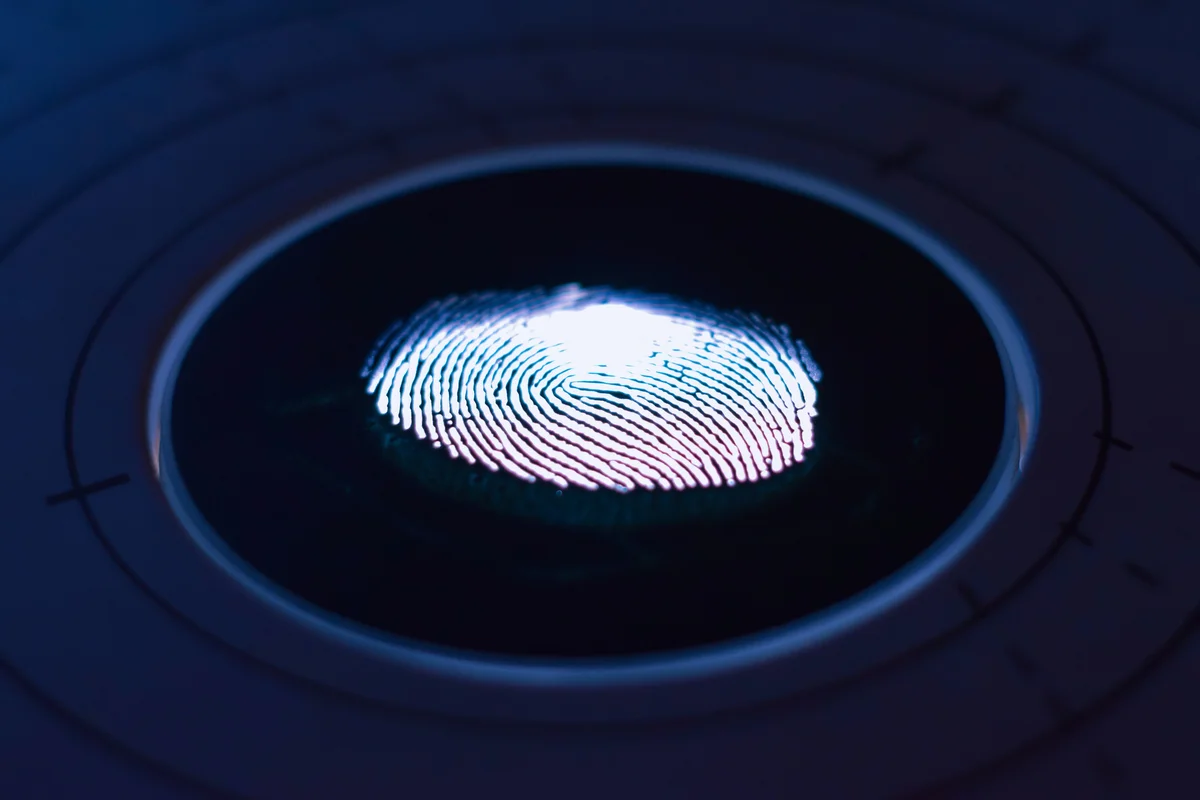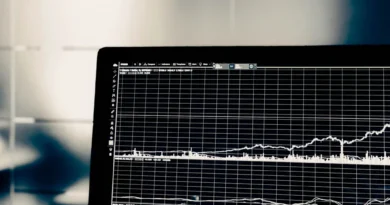What is a Microcontroller?
An electrical device’s inputs and outputs are managed by an integrated circuit called a microcontroller. Two Texas Instruments engineers, Gary Boone and Michael Cochran, created the first microcontroller in 1971. Boone and his colleagues discovered that a smaller, more compact integrated circuit was in high demand. Everything started with a blueprint and some experimenting; from there, the microcontroller was developed. Further, know What is a Microcontroller?
An Introduction to Microcontrollers
Microcontrollers are basically microcomputers in a chip. It interprets data from peripherals to control the device’s operations. In case you are not familiar with peripherals, they aid with the input and output of information. These include things like graphics cards and scanners.
Information that is collected from the microcontroller is then added to its data store, and the microprocessors housed therein apple the data to generate actions. Let’s have a look at a video game controller to see how a microcontroller works. The player clicks a button to pick an option in their game, and the microcontroller accepts that input and generates the intended action—selecting the choice. Microcontrollers are installed in almost every electronic equipment that is used to operate a system and perform subsequent actions. Later, we’ll talk about other applications.
Also Read: What Is Ransomware And How Can You Protect Yourself From It?
System
The CPU, memory, and input/output peripherals are only a few of the microcontroller’s numerous components.
Processor
The microcontroller’s processor, often known as the Central Processing Unit (CPU), is at the heart of its operation. It processes and responds to input and output data, as well as transmits data.
Memory
It is similar to the memory of a computer that is used to store information collected from the processor and then uses that information to perform tasks. Program memory and data memory are two forms of memory to keep in mind. The processor’s permanent data is stored in the programme memory. This sort of memory has the advantage of being able to retain data for extended periods of time without the need for a power source. Data storage is a little less permanent. It can only save data while connected to a power source, therefore it can’t be used while the power isn’t on.
Peripherals
Processors process the input and output peripherals and deliver instructions to the output device as a result of receiving and transmitting data. The gadget then performs the specified action.
The Constituent Parts
The CPU, RAM, Digital Converters, Serial Bus Interface, and Input/Output ports are all found in most microcontrollers. We’ll do our best to simplify as many of the components as feasible.
- It’s known as the Central Processing Unit, or CPU, for short. According to some, the microcontroller’s “capital” is located here, and it controls all information that enters or exits. The Arithmetic Logic Unit (ALU) and the Control Unit (CU) make up the CPU (CPU). While the CU aids the processor in executing its instructions, the ALU performs all arithmetic and logic functions.
- If you’ve ever worked with a computer, you’ve undoubtedly heard the word RAM thrown about. Data is temporarily stored in RAM (Random Access Memory). The microcontroller can handle a large number of bits of data at once because of the RAM’s ability to process large amounts of data fast.
- Analog to Digital Converter (ADC) and Digital to Analog Converter (DAC) are the two types of digital converters found in microcontrollers . The ADC transforms analogue signals to digital signals, whereas the DAC reverses the process to return digital signals to analogue. Using one of these converters, the CPU may connect with other devices and components.
- Chips and trace lines on the printed circuit board integrated in the microcontroller are connected through a Serial Bus Interface. The Serial Bus Interface connects all of the devices together. There is no system without them.
- Finally, there are ports for bringing data in and sending it out. External devices can be connected to the microcontroller using these pins. For example, temperature and motion data are sent to the CPU through input ports. Input data signals are sent to the output port, which performs an action based on the data it receives, such as shutting off a device.
Conclusion
Essentially, a microcontroller is a little computer built within a larger chip. At its heart, a microcontroller unit (MCU) has a CPU, RAM, and several I/O ports that may be customised. Programmable memory and some operational memory are both common features of microcontrollers. Microcontrollers are designed for embedded uses rather than microprocessors that are often found in computers and smartphones.
A single programme and a single job are all that microcontrollers can handle because of their intended application in embedded devices. A microcontroller’s programmable I/O ports are activated and deactivated in accordance with the orders sent by the code.




